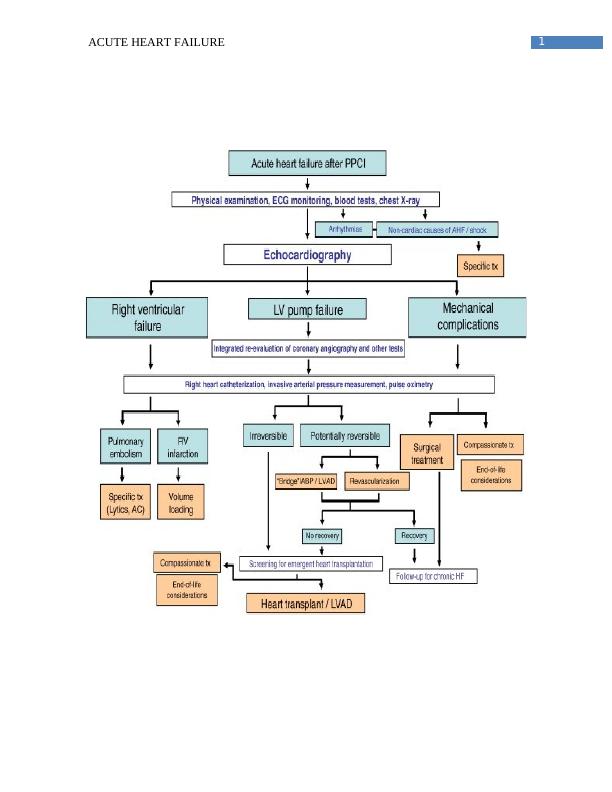The Symptoms of AIHF
8 Pages1779 Words33 Views
Added on 2020-03-13
The Symptoms of AIHF
Added on 2020-03-13
ShareRelated Documents
End of preview
Want to access all the pages? Upload your documents or become a member.
Acute Cardiogenic Pulmonary Edema Case Study Pdf 2022
|7
|1538
|36
Case Study on Pathogenesis of Clinical Manifestations, Nursing Strategies and Mechanism of Two Drugs for Heart Failure Patient
|9
|2179
|269
Assignment On The Respiratory
|9
|2323
|16
001293G - Assignment on Bachelor of Nursing
|7
|1603
|63
Chronic Systolic Heart Failure: Causes, Symptoms, and Treatment
|8
|2001
|221
The Pathogenesis Causing Assignment
|8
|2655
|66



